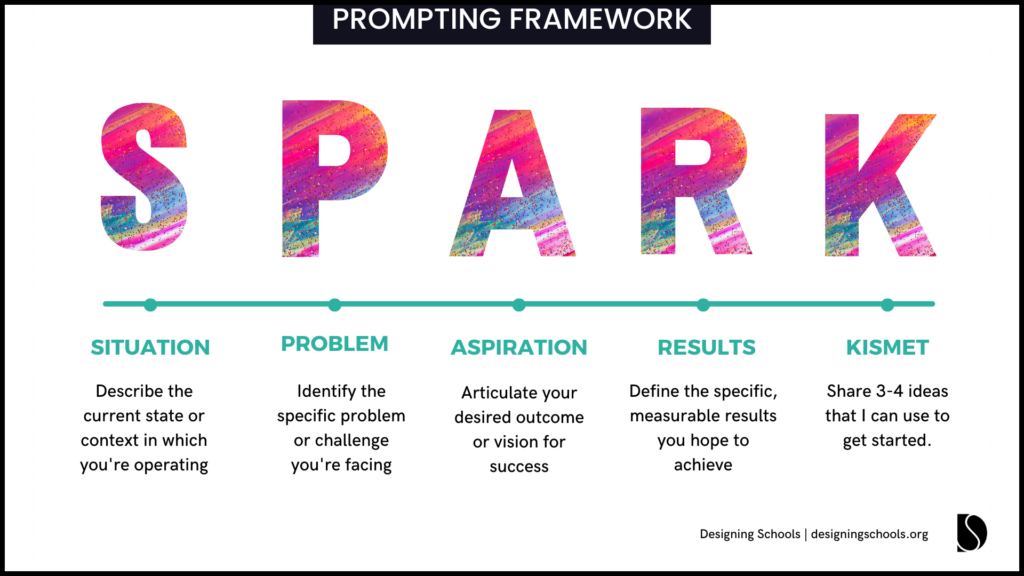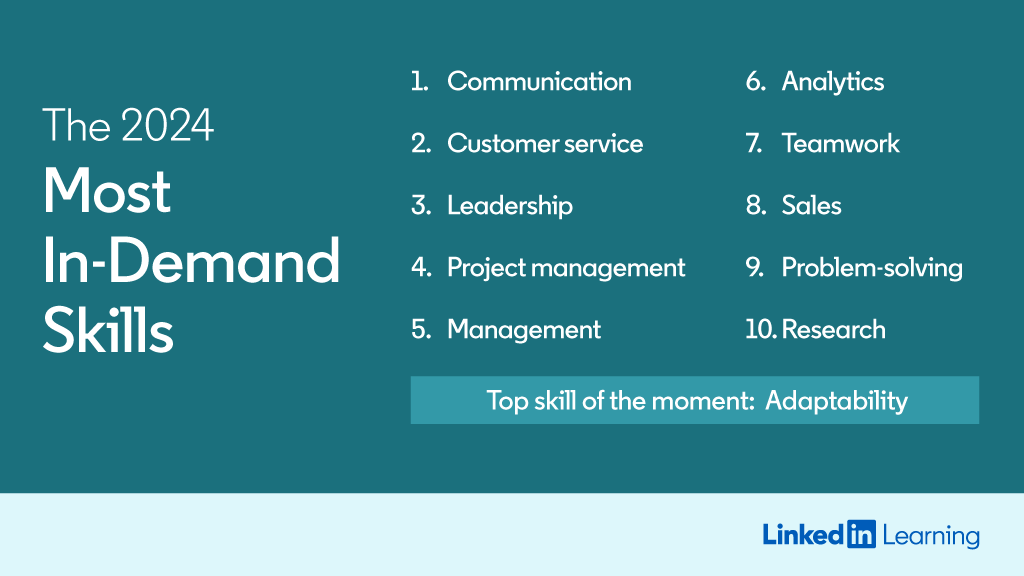While watching the newly released movie, “The Last Screenwriter” it’s hard to remember that you are watching a movie written entirely by AI.
And yes you read that right, it’s a movie written entirely by AI. ChatGPT 4.0 to be precise. And that’s not even the most shocking part. What’s most shocking is that the only creative input from humans was the first prompt. This was also their only creative prompt where they influenced the storyline.
Here’s how director Peter Luisi describes it:
“I thought it would be interesting to let ChatGPT generate a story that reflected the theme of the project. Therefore, my first prompt was: “Write a plot to a feature length film where a screenwriter realizes he is less good than artificial intelligence in writing.”
Everything else that followed, the entire plot, all characters, all scenes, all actions, all twists, and all dialogues, were generated entirely by ChatGPT. I was not allowed to mix scenes, rearrange actions or words, or bring in any ideas of my own. None. The result is an almost unbelievably good screenplay… considering the fact that it was written by a computer.”
The prompts and process can all be found here in this Dropbox folder allowing anyone to replicate the process.
As someone deeply invested in the intersection of technology and human creativity, this movie resonates deeply with me. It brings the discussion about AI’s role in our careers to the forefront, highlighting what I call the ‘human spark.’ Throughout the movie we are encouraged to reflect on what qualities make us irreplaceable, which also happens to be the topic of my upcoming book, “Designing Schools: How Design Thinking Makes You Irreplaceable in the Age of AI.”
The Conflict Between Creativity and Confidence
The movie opens with Jack, the main character and an award-winning writer, during his acceptance speech where he states, “I have always believed that storytelling is an art form that cannot be replicated or replaced. This is testament to that belief.”
This statement sets the stage for the film’s exploration of creativity.
Once given an AI tool by the studio to ‘test,’ we observe Jack’s struggle as he navigates the collaborative conflict between the value his AI tool brings and the value of his own contributions, what they call his human essence. Jack’s initial confidence in his unique abilities is challenged as he interacts with the AI, reflecting a deeper narrative familiar to many of us—imposter syndrome. As AI continues to evolve and integrate into our creative processes, the question arises: How do we maintain confidence in our human capabilities when machines can perform similar tasks, sometimes with greater efficiency?
In watching Jack, you can’t help but wonder about the future of AI integration in everyday life, similar to how Siri has become a staple on our phones. Will we question our own abilities as these tools become more advanced? This scenario mirrors the fears associated with imposter syndrome, where individuals doubt their accomplishments and fear being exposed as ‘frauds,’ despite evident successes.
Our interactions and observations of the world are foundational to our creativity, providing the nuanced insights behind every prompt as we navigate life’s challenges and opportunities. Humans uniquely interpret unspoken words and subtle cues, enriching our creative endeavors in ways that AI cannot replicate. This deep observational skill allows us to craft responses and ideas that resonate profoundly, ensuring our creations remain distinctively human and deeply connected.
Nurturing this human essence is the foundation for my SPARK prompting framework, which is designed to ensure that we prompt the human before the machine in any creative process. SPARK, an acronym that stands for Situation, Problem, Aspiration, Result, and Kismet, focuses on enhancing human creativity by leveraging AI to mirror the serendipity of human conversation.

Recently, Descript featured it in their article and described it as a framework that yielded the best results when prompting AI, proving its effectiveness in balancing AI capabilities with the unique insights that only humans can provide. This approach not only fosters creativity but also helps individuals reinforce their self-confidence by emphasizing the irreplaceable value of human intuition and emotion in creative endeavors. This topic is without a doubt one of my most popular workshops. When coming together for a talk on AI, most people expect to hear about the top apps. Instead they walk away with a deeper sense of self awareness, a reminder of their human strengths, and why cultures of innovation begin with a culture of empathy. Only then can we integrate AI with integrity.
We also teach these strategies inside our self-paced online course, “The AI Bootcamp” which is ideal of individuals and teams who want more than just a list of AI tools. Our students learn foresight and design thinking practices, to first identify challenges and opportunities and then examine the role AI tools can play to free our time to focus on what matters most.
provider: youtube
url: https://www.youtube.com/watch?v=vHVxLeodjq4&list=PLlrKeKtl3_wYXBbSN4SRA8hXRF1RwT3Gp&index=10&t=31s
src: https://www.youtube-nocookie.com/embed/vHVxLeodjq4?list=PLlrKeKtl3_wYXBbSN4SRA8hXRF1RwT3Gp
src gen: https://www.youtube-nocookie.com/embed/vHVxLeodjq4?start=31&list=PLlrKeKtl3_wYXBbSN4SRA8hXRF1RwT3Gp
Here are four themes the movie encourages us to reflect on.
Theme 1: AI vs. Human Creativity
The movie beautifully illustrates the tension between human creativity and AI efficiency. Jack marvels at the AI’s capability to perform tasks that would take him days in mere moments. Yet, he’s continually drawn back to the essence of human emotion and experience—something the AI acknowledges it can’t replicate yet. This scenario mirrors the reality in many of our workplaces today, where AI tools can enhance productivity but cannot replace the unique creative insights that come from human intuition and emotion.
Throughout his journey, Jack is haunted by a constant ‘what if’—what if the AI surpasses not just his abilities, but his understanding of storytelling? What then? This looming question reflects a broader anxiety many face with the rise of AI, pushing us to wonder the future roles we will play if machines begin to match and even exceed our creative capacities.
The 2024 Microsoft Work Trend Index highlights this as a concern as well with over 50% of people reluctant to share their use of AI, especially when to comes to important projects as they feel people will see them as replaceable.
Theme 2: The Limitations of AI in Emotional Depth
A fascinating moment for reflection in the movie comes when the AI states:
Efficiency is one of my key features, but the essence comes from human emotion and experience. I can generate possibilities, but I can’t feel them.
This line sums up a significant limitation of AI. No matter how advanced algorithms become, the depth of human emotion, with all its imperfections and subtleties, remains uniquely ours. For now at least.
This emotional depth is what breathes life into true creativity, turning a good story into a great one that resonates with audiences on a deeper level. Yet, while AI itself cannot experience emotions, it understands them, and its influence over human emotions is profound and undeniable. In the modern digital landscape, particularly in social media, AI-driven algorithms profoundly shape human emotions by curating and manipulating the content we see. This manipulation can have a significant impact on mental health, illustrating a complex interplay where AI, though emotionally neutral, plays a crucial role in influencing and sometimes exacerbating our emotional states.
We see a glimpse of what this could look like in the movie during a collaborative creative conflict where the AI is pushing its agenda and confronts Jack by saying:
“My algorithms are designed to maximize the potential success of your script based on historical data and current trends. I suggest you take my advice.”
This interaction highlights how AI, despite its lack of emotion, can still assert significant influence over creative expression.
Theme 3: Personal Reflection and Application
The movie leaves you with so many emotions, and it’s precisely these emotions that made me realize – we don’t discuss the emotional toll that this collaboration has on individuals. As a mindful optimist I am in awe of the opportunities I’ve had as a result of technology. Without a doubt I would not be writing this blog post, I would not have been recruited by Apple, I wouldn’t have been invited to partner with companies like Canva and LinkedIn, and I definitely wouldn’t be running a business.
Yet, I am deeply aware of the role luck plays. If I think about just the past two decades, as technology progressed, our school systems remained stagnant. We have ambitious visions, and wonderful adjectives, yet the world today is a testament to a system that has failed an entire generation, and is sadly on track to do it all over again. If you are one of the lucky few who learned how to navigate this new world it likely wasn’t because of school. In my case it was reading authors like Seth Godin and Gary Vaynerchuk. Perhaps for you it was another author or creator. I graduated in 2007. When I returned to do my doctorate in 2017 not much had changed. In fact, nothing had changed.
But I had.
In 2017 I was eager to examine the skills and mindsets we would need during our next inflection point – AI. During my doctoral program, I loved the story of my research, the story of Design39, a public school in San Diego, CA who challenged the status quo by using design thinking practices.
What I knew people would not love was having to read a robotic, APA style, 180 page paper. So I turned my research into a podcast and a documentary—ideas that would have been unthinkable and financially unviable a decade ago. You can watch the documentary here.
While the writing process was important, what mattered more was the formation of my ideas, the connection to research and existing ideas, and the impact the story would have. Writing was one medium, but it isn’t the only medium through which we can think critically and share ideas.
Theme 4: The Choices We Make as We Adapt
This experience was a clear testament to how technology can amplify our creative capacities if we use it wisely. However, it also reinforced my belief in the importance of nurturing our human spark. As I explore in my upcoming book, integrating design thinking practices can significantly enhance this spark, equipping us to make a meaningful impact in a world where technology is advancing rapidly.
As technology progresses at an unprecedented pace, the dialogue between AI capabilities and human creativity becomes increasingly significant. “The Last Screenwriter” serves not only as a reflection of our current technological landscape but also as a reminder of the enduring value of our human spark. Whether you’re an artist, a writer, or a professional in any field, understanding and nurturing this spark is more crucial than ever as we consider the legacy we want to leave in the world.
Throughout the movie, adaptability is highlighted in the film as a crucial skill, Something that is also highly valued in today’s job market with LinkedIn ranking it the #1 skill on their list.

The AI’s role in the movie pushes Jack to adapt not only his creative practices but also his perspective on what it means to be a creator in the AI era.
In this AI era, we are all creators. We are all collaborators.
As the AI tool in the movie shares:
“The choices we make as we collaborate to create our future will determine what comes next.”
I’m Sabba.
I believe that the future should be designed. Not left to chance.
Over the past decade, using design thinking practices I've helped schools and businesses create a culture of innovation where everyone is empowered to move from idea to impact, to address complex challenges and discover opportunities.
stay connected
designing schools